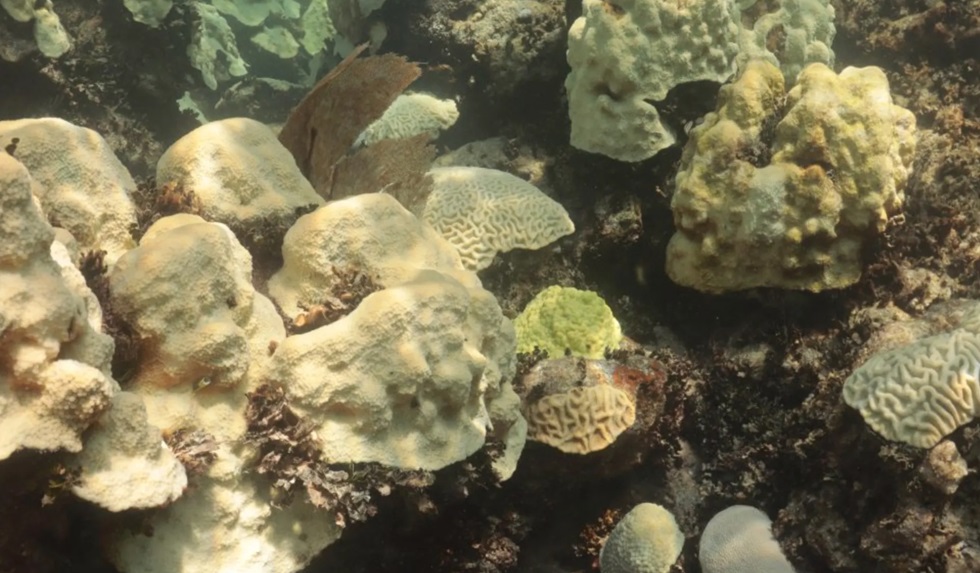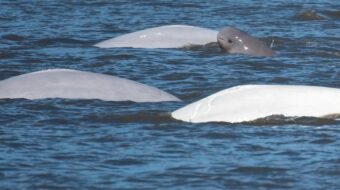
Marine heat waves (MHWs) are prolonged periods of ocean warming that can significantly affect coral reefs, fish, kelp forests and other marine life.
A new study led by Australia’s Commonwealth Scientific and Industrial Research Organization (CSIRO) has found that MHWs are changing the communities of microorganisms that make up the foundation of the oceanic food chain, affecting entire coastal ecosystems.
“While the drivers of individual MHWs can be region-specific and complex, most extreme MHWs are linked to phases of large-scale climate modes, some of which are increasing in frequency and intensity due to climate change,” the study said. “Similarly, the frequency, intensity, and duration of MHWs has been increasing over the last century, linked to anthropogenic global warming, and this trend is projected to continue. In fact, by the late 21st century widespread near-permanent MHW status could be the ‘new-normal’ across large oceanic regions.”
There have recently been marine heat waves off the coast of Tasmania and Australia’s East Coast, a press release from CSIRO said.
A variety of factors can cause MHWs, and El Niño and other large climate drivers can impact their intensity, frequency and duration.
Dr. Mark Brown, lead author of the study, said the research team examined an extreme MHW off the coast of Tasmania in 2015 to 2016 and found it significantly impacted microorganisms.
“The marine heatwave transformed the microbial community in the water column to resemble those found more than 1000 km north, and supported the presence of many organisms that are uncommon at this latitude,” Brown said in the press release. “This reshaping leads to the occurrence of unusual species, the development of unique combinations of organisms, and can cause cascading effects throughout the ecosystem, including changes in the fate of carbon sequestered from the atmosphere.”
During the study, the researchers observed marine microbiota for more than 12 years.
“For instance, we observed a shift away from the normal phytoplankton species at this site towards smaller cells that are not easily consumed by larger animals, potentially leading to profound changes all the way up the food chain,” Brown said.
Dr. Levente Bodrossy, CSIRO principle research scientist, said the team simplified their method in observing tens of thousands of microbes from the ocean.
“This will enable us to evaluate the health of the marine ecosystem and predict how it will change with predicted global warming,” Bodrossy said in the press release. “We’ll be able to better predict the future of fish stocks and marine carbon sequestration in different regions of the global ocean.”
The study, “A marine heatwave drives significant shifts in pelagic microbiology,” was published in the journal Communications Biology.
“Observations like these, especially those done in the open ocean, are difficult to sustain but are crucial for understanding and forecasting the future status of the marine ecosystem,” Bodrossy said.
This article was reposted from EcoWatch.
We hope you appreciated this article. At People’s World, we believe news and information should be free and accessible to all, but we need your help. Our journalism is free of corporate influence and paywalls because we are totally reader-supported. Only you, our readers and supporters, make this possible. If you enjoy reading People’s World and the stories we bring you, please support our work by donating or becoming a monthly sustainer today. Thank you!












Comments